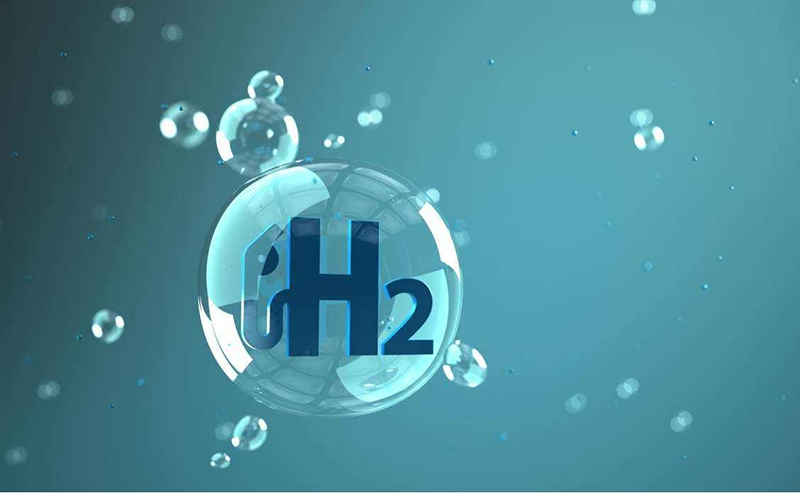Hydrogen, one of the oldest elements in the universe, existed long before the birth of the sun. It's also the most abundant element in the universe, with hydrogen atoms making up 88.6% of all atoms in the universe. Hydrogen is not only present in water, but it's also the primary source of the sun's energy, and it might be the main energy source for Earth in the future.

Hydrogen, typically in the form of hydrogen gas, has three highly competitive advantages as an energy source:
1. Abundant Reserves
From the perspective of the mass composition of chemical elements, hydrogen accounts for about 3/4 of the total mass of the universe. On Earth, it primarily exists in the form of compounds, commonly found in water, hydrocarbons, and other organic substances.
For example, considering seawater, which has a total volume of approximately 1.37 billion cubic kilometers, if all the hydrogen in seawater were extracted, it would amount to around 1.4 x 10^17 metric tons, producing about 9,000 times the heat energy of Earth's mineral fuels.
2. High Energy Density
Energy density refers to the amount of energy stored in a certain volume or mass of a substance.
Throughout the history of human energy use, from wood and coal to petroleum and natural gas, the common trend has been the continuous increase in energy density and hydrogen-to-carbon ratio (H/C ratio). Hydrogen gas, as an ideal new energy source, exhibits exceptionally high energy density (without carbon). It can release 121 to 143 kJ of heat energy per kilogram of H₂ burned, roughly three times that of gasoline, 3.9 times that of alcohol, and 4.5 times that of coke.
3. Clean and Carbon-Free
Burning hydrogen gas produces only water as a byproduct, with no carbon emissions, no pollutants, and no fine particulate matter. It is a non-toxic, clean energy source.